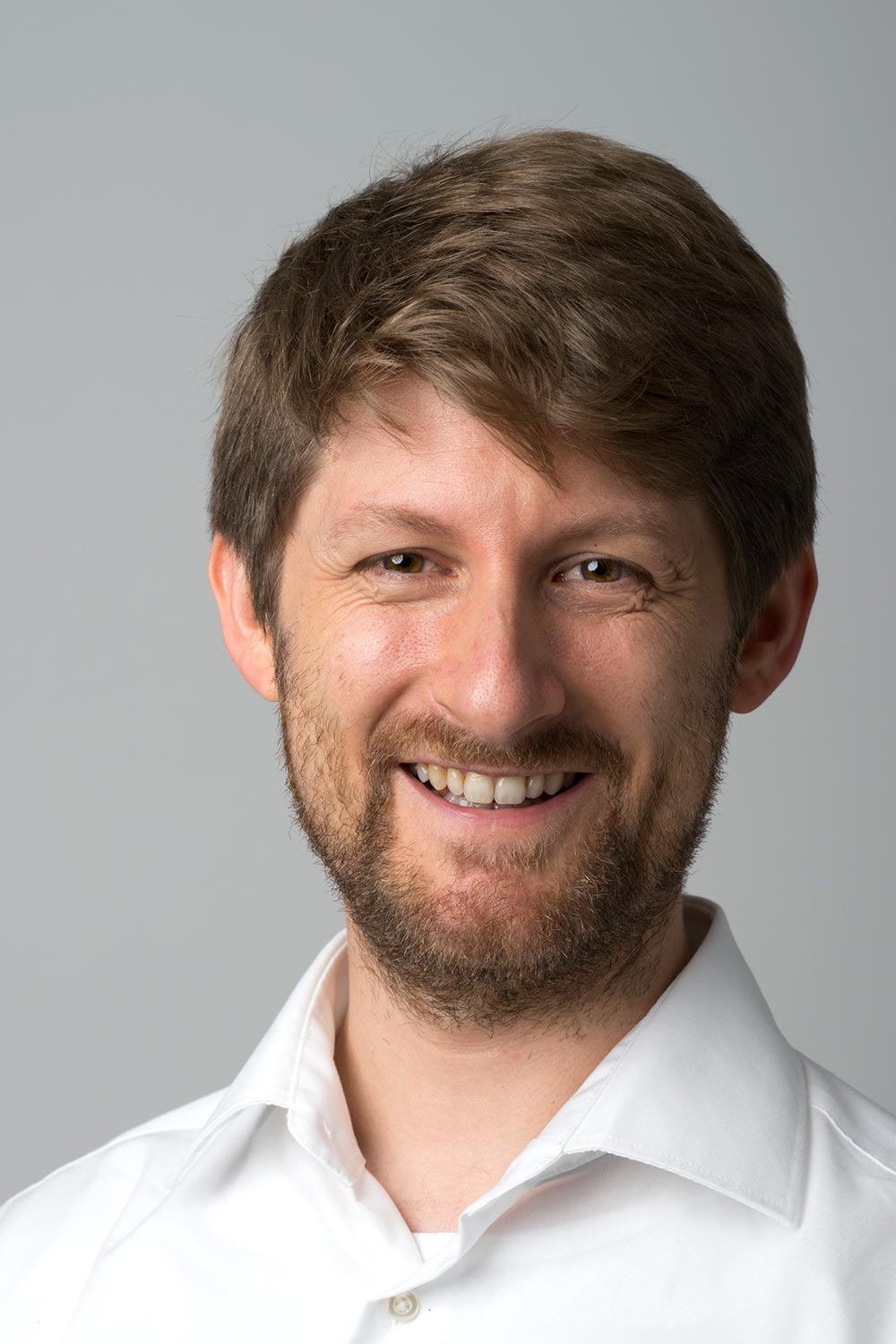Navigation auf uzh.ch
Navigation auf uzh.ch
With its Grand Challenge Awards, the leading UK non-profit organization Cancer Research UK (CRUK) is breaking new ground in promoting research into the disease and the treatment of tumors. The ambitious aim of the new GBP 20 million research grants is to revolutionize the way in which tumors are diagnosed and treated. More than 400 research groups from 200 renowned institutions spanning 25 countries applied to tackle one of the seven grand challenges set. The winners have now been announced, and among them is the team of Bernd Bodenmiller, UZH Professor for Quantitative Biology at the Institute of Molecular Life Sciences.
“This research project is aimed at measuring and analyzing tumors in an entirely new and comprehensive manner,” says systems biologist Bernd Bodenmiller, adding that existing research methods have taken too little account of the immense complexity of human tumors. Tumors are in fact made up of many millions of cells, dynamically interacting with each other. Besides the cancer cells themselves, another crucial factor in terms of prognosis and treatment response is the tumor microclimate, comprising immune cells, the cells in the support tissue and blood vessels, fat and muscle cells, and a wide range of other cell types.
The project will now seek to analyze and map out breast cancer tumors in their entirety. “Our initial goal is to generate a 3D map of breast cancer tumors with resolution at the cellular and molecular levels. Moving on from that, we will use virtual reality imaging to visualize and analyze these data,” says Bodenmiller, adding that this will pave the way for a fundamentally new understanding of tumors for researchers, doctors, and patients alike.
The multi-disciplinary consortium taking on this ambitious task comprises ten research teams from the UK, Switzerland, and the US, and is headed by University of Cambridge Professor Greg Hannon. Also on board is a company that develops virtual reality software as well as representatives of patient organizations. The consortium unites the expertise and technological know-how of individual groups that are international leaders in tumor biology, tumor tissue analysis, and data analysis.

The individual teams will start by analyzing a single breast cancer tumor, with all the information then being brought together in a central database. The next step will be to create a spatial representation of the millions of tumor cells from this vast array of data using virtual reality software. Bernd Bodenmiller adds: “This will be by far the most thorough analysis of a tumor ever carried out. We won’t just be looking at the behavior of a cancer cell, we will be examining how a tumor interacts and functions within its microenvironment.”
As soon as the 3D model of the tumor is complete, analysis methods will be developed to deliver extensive insights into the relationships between the different cell populations. For example, one aim is make it possible to determine the heterogeneity of a given tumor much more comprehensively. While allowing for much more precise diagnoses for individual patients, this should also make it possible to simulate the effect of specific substances or immune cells used in immunotherapy on the tumor as a whole.
“The possibility of being able to ‘walk through’ an individual tumor in its entirety will also bring enormous changes in the way tumor biologists and cancer specialists work together,” asserts Bodenmiller. This combination of comprehensive tumor diagnostics and computer-supported 3D simulation is ultimately to be deployed in clinics, thus benefiting patients. The key facet here is precision medicine, i.e. the interplay between personalized diagnostics and treatment. The more we know about a patient’s tumor, the more precisely the individual therapy can be tailored to it and the greater the success of the treatment.
Once the system has been set up for the first tumor, a total of 1,000 breast cancer tumors are to be added in the following years. Bernd Bodenmiller dismisses the notion that this sounds like science fiction: “All the analysis methods and databases of the teams involved already exist, and so too does the prototype of the virtual reality software. What we have to do now is harness these individual techniques and expertise together.” Bodenmiller’s team will initially have at least GBP 1.5 million at their disposal from the joint pot of money. The green light is scheduled for mid-2017.